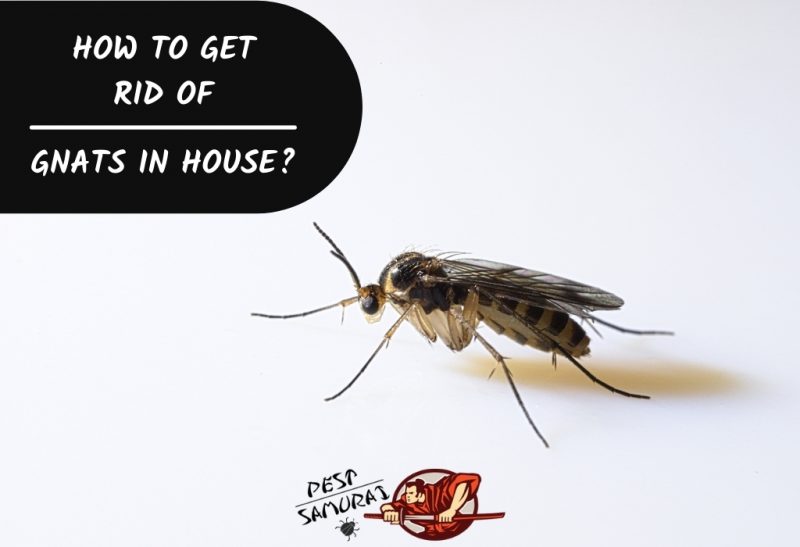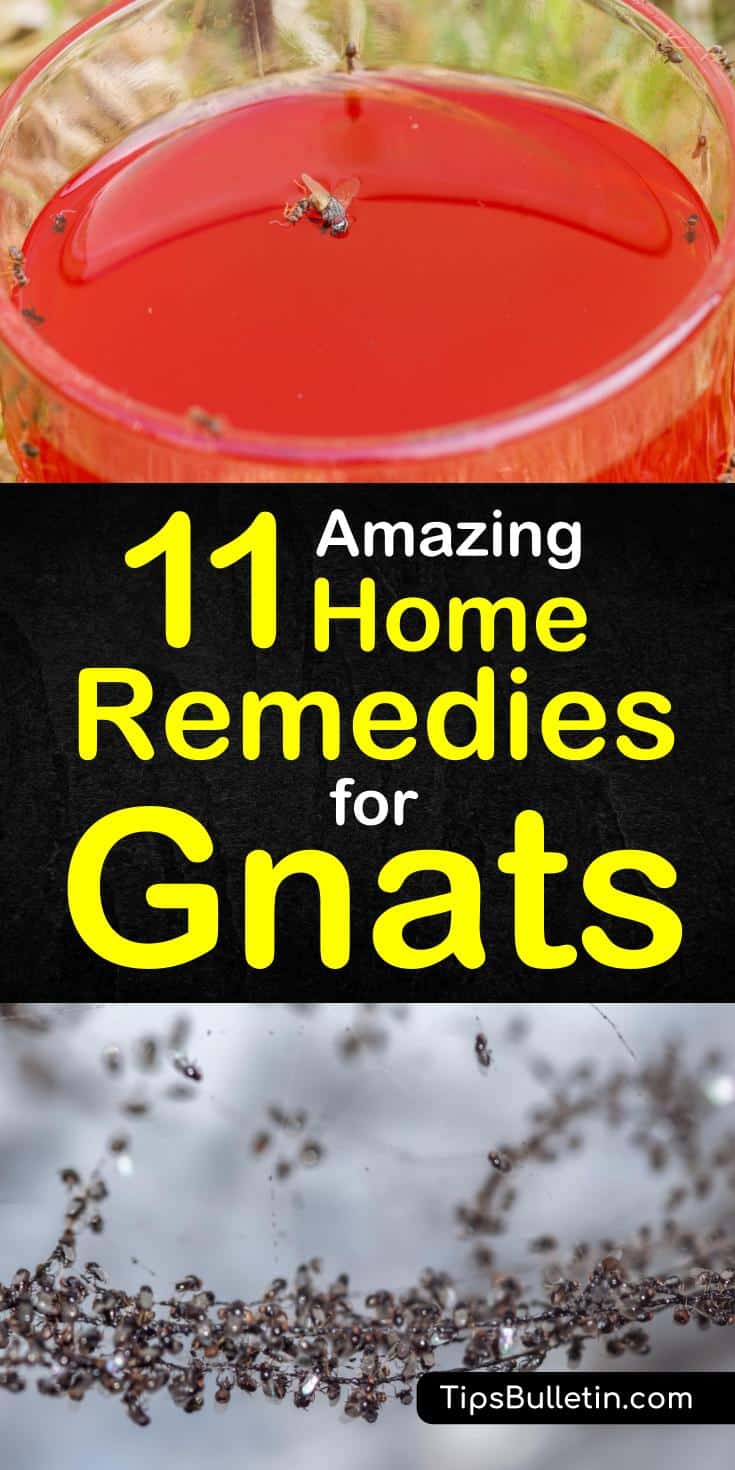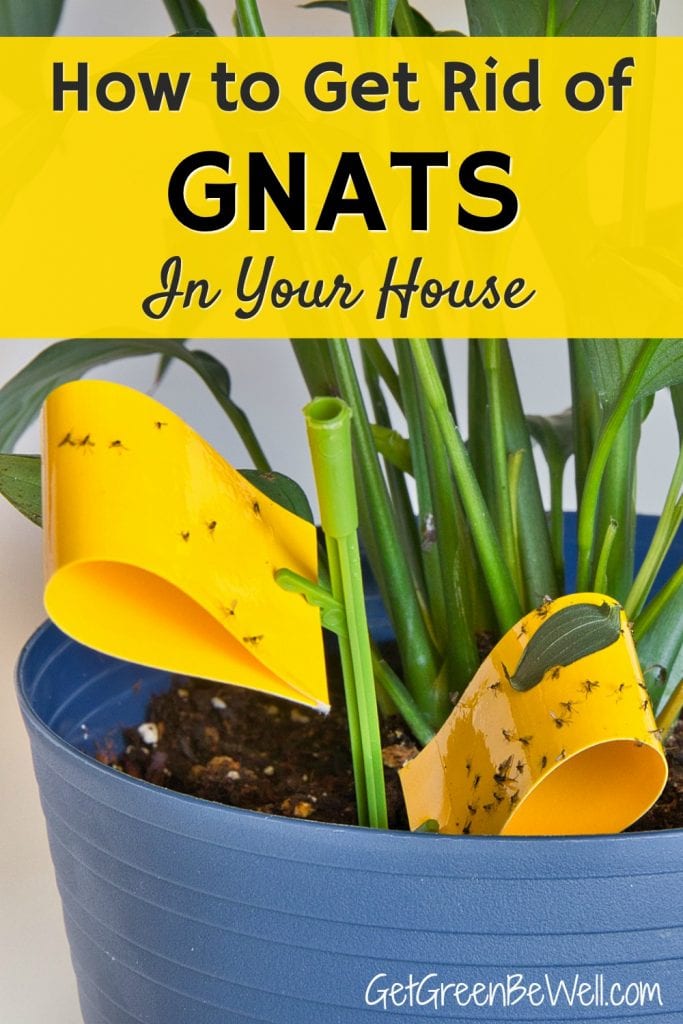Table Of Content

Symptoms of this include but are not limited to trouble breathing, nausea, swollen throat, lightheadedness and rapid heartbeat. Here’s what to know about getting rid of everyone’s least favorite household pests. If you're bedeviled by other pests, we've also get tips on how to get rid of mosquitoes, how to get rid of moths as well as how to get rid of ants and how to get rid of fleas. Prevention is always better than the cure, so trying to prevent gnats from coming in should be your first line of defence.
Use Yellow Sticky Traps
As an easy first step to take care of your gnat problem, you can spend roughly $5 to $10 on sticky traps to place in areas you’ve seen the insects flying around. They typically can last for a few months and are baited with a solution that attracts the gnats then traps them with a sticky substance. Position a tall candle into a candlestick, before placing it in a small pan filled with water. Put your pan on the counter, add a bit of dish soap to the water and light the candle before turning the lights off. Since the gnats are attracted to the flame, they'll either hit the flame itself or fall into the water and drown. While the candle is lit, we recommend staying in the room to observe the flame until it's time for it to be blown out.
Fungus Gnat or Fruit Flies?
Once you see a few gnats flying around your home, you could try adding more air flow to discourage them from sticking around. This is a great strategy to try before investing in traps or attempting other DIY methods, since it’s as simple as flipping a switch. Because gnats have small wings, they’re generally weak flyers and typically avoid windy environments or areas with a lot of air movement. “Cleaning is the number one thing you can do to get rid of gnats,” says Morgan. “Thoroughly clean and dry areas where gnats congregate.” These areas include kitchens, bathrooms—anywhere there’s moisture or food. If you're experiencing an abundance of gnats in your house, several factors could be contributing to the problem.
How to Get Rid of Gnats Outdoors
Luckily, getting rid of fungus gnats (and preventing future infestations) is simple when you're armed with the right tips and techniques. Fungus gnats love houseplants because the potting mix provides an ideal habitat for them to raise their young, says Justin Hancock, horticulturist for Costa Farms. "Adult fungus gnats lay their eggs in moist potting mix, the eggs hatch, and the larvae feed on the naturally occurring fungi and organic matter in the potting mix," he says. "The larvae may feed on plant roots if there’s already a problem with the roots and they’re decaying or the potting mix doesn’t contain enough fungi." Fungus gnats are common houseplant pests in the family Sciaridae. These tiny flying insects measure between 0.08” and 0.3” (2 – 8 mm) long.

Take steps to prevent an infestation, and act quickly if the invaders set up shop in your home and garden. Gnats are highly unlikely to go away without intervention, says Morgan, which is why it’s important to know how to get rid of gnats. While it’s usually possible to relocate honeybees, some situations make it difficult. You may not be able to cut into a wall of a historical building, preventing access for the beekeeper. Given that lush yards and flower beds will attract bees, you can’t banish bees off your property without making it unpleasant for yourself, too. “They are part of our world, and most of the time, we can cohabitate very nicely,” Frank said.
Note that the traps will need to be replaced often and may have limited effectiveness for large infestations. To kill drain flies and their eggs nesting in pipes, mix 1/2 cup of bleach in a gallon of water and pour it slowly down the drain. Make sure there’s proper ventilation in the room when you do this and for an hour afterward. For best results, also scrub infested drain pipes with a wire brush and enzymatic cleanser. One of the biggest pest control mistakes you can make when dealing with irritants such as gnats is leaving the problem to worsen.

Traps can cut down the number of adult flies and help you monitor the infestation's severity. Cutting off gnats' food supply is crucial, so store food in sealed containers, wipe up spills, and keep your trash bins covered and clean. With a little diligence, you can turn your home into a fly-free zone. To kill gnat larvae, try a mixture of soapy water and spray it on your plants’ soil, O’Neill advises. Use one tablespoon of liquid soap (such as dish soap) with one quart of water and spray onto the soil to remove gnat larvae. If you've noticed a swarm of gnats lingering around your sink drains, you may have drain flies.
However, with proper control and prevention, you can significantly reduce their numbers and eliminate the infestation within a matter of days to a few weeks. Some people claim you can use cinnamon powder to kill off gnats and gnat larvae. The idea is that cinnamon has antifungal properties and destroys pathogens in the soil that larvae feed on. Over time, the tiny grubs should die off, and you’ll no longer have any flies. Most houseplant owners don’t bother with these time-consuming methods.
Tips
Cleaning Vinegar | $4.99 at TargetHaving a container of cleaning vinegar in your cleaning cabinet is essential for all sorts of household chores. If you have an open wine bottle (red works best) that’s gone rancid but you haven’t had the heart to toss it yet, you can swap it for vinegar and follow the rest of the steps.
An Expert Guide on How to Get Rid of Gnats Inside Your House - Good Housekeeping
An Expert Guide on How to Get Rid of Gnats Inside Your House.
Posted: Mon, 15 Apr 2024 07:00:00 GMT [source]
Hydrogen peroxide will kill the gnat larvae and not injure your plant. Fruits, vegetables and flowers growing in your garden can also appeal to gnats. Harvesting produce regularly and clearing away overripe produce and organic waste can help keep the natural gnat population low. This promotes the growth of fungus that serves as the primary food source of certain gnat species. Fill the tray or bowl with vinegar and a drop of dish soap so that it pools around the candle.
Look for "Bt" in the form of mosquito dunks or granules (in the pest control section or near pond supplies in a home or garden center). Mosquito dunks are dissolved in water, and the solution is used for watering the plants. You will probably need more than one application but follow the label instructions. Granules are sprinkled over the soil, introducing some bacteria with each watering. Although they look like tiny mosquitoes, fungus gnats are small flies of the Orfelia and Bradysia species.















